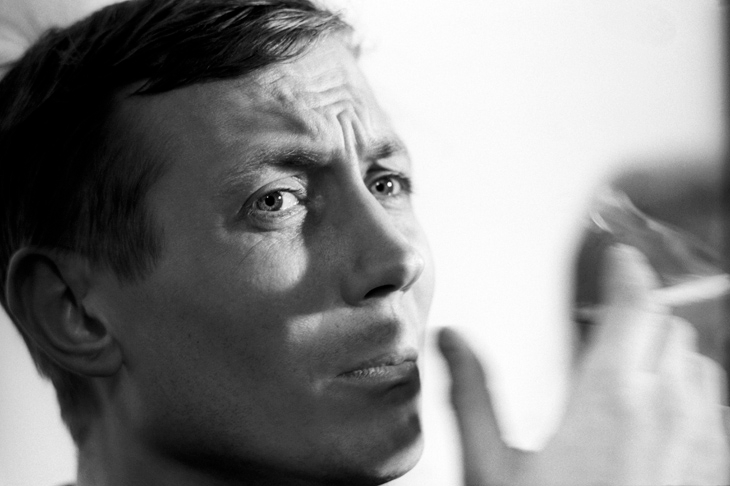Translators are like bumblebees. In 1934, the French entomologist August Magnan pronounced the flight of the bumblebee to be aerodynamically impossible, and though long since scientifically disproved, this factoid is still routinely trotted out. Similar pronouncements about the impossibility of translation have dogged practitioners since Leonardo Bruni’s De interpretatione recta, published in 1424. Meanwhile, bees, unaware of these deliberations, have continued to flit from flower to flower, and translators continue to translate.
As a distinguished translator whose labours have brought English-language readers to works by Marguerite Duras, Gustave Flaubert and the Nobel winner Patrick Modiano, Mark Polizzotti gives short shrift to the idea that translation is impossible, quoting the great David Bellos’s remark: ‘The only impossible things in translation are those that haven’t been done.’ Sympathy for the Traitor approaches the subject from a practical, pragmatic standpoint, one prepared to engage with literary theory and translation theory, but one that recognises that translation — what Wittgenstein dubbed ‘that exact art’ — is neither purenor exact.
Sympathy for the Traitor takes its title from the Italian traduttore, traditore (translator, traitor), one of many bromides that suggest translation can never truly be faithful. The most famous is Yevgeny Yevtushenko’s quip: ‘Translation is like a woman. If it is beautiful, it is not faithful. If it is faithful, it is most certainly not beautiful.’ Such glib statements may contain a grain of truth, but they posit the notion that linguistic ‘fidelity’ is possible; the stark truth is that it is not.
Language is not merely a set of signifiers and signified; words are part of culture and have both denotations and connotations, and no possible literal translation can communicate such things. Once words begin to be strung together into sentences, a host of other linguistic effects is added: rhythm and cadence, register, dialect, irony, humour and slang (to name only a few) — all the elements that make up what we call an author’s style.








Comments
Join the debate for just £1 a month
Be part of the conversation with other Spectator readers by getting your first three months for £3.
UNLOCK ACCESS Just £1 a monthAlready a subscriber? Log in